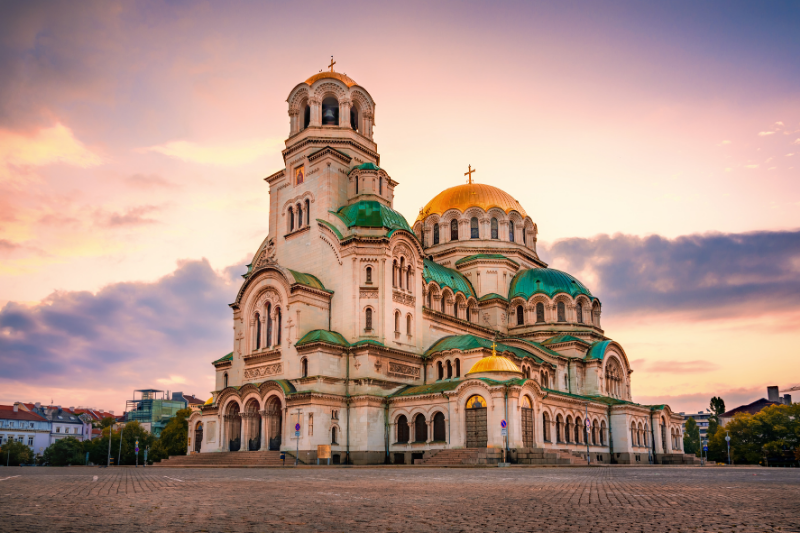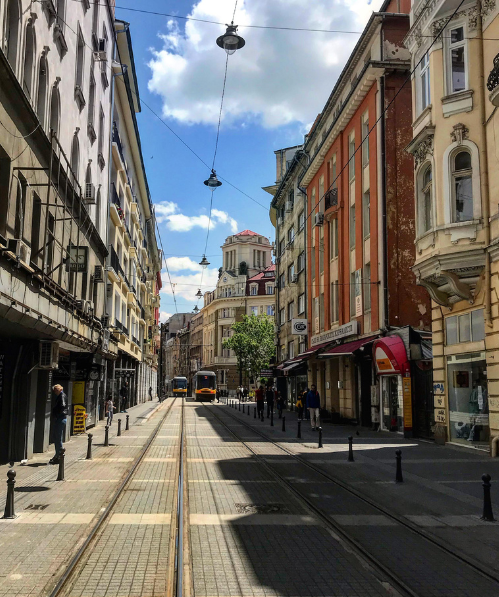Bulgaria Travel Guide 2025: Itinerary, Seasons, Currency & Tips for First-Time Visitors
Bulgaria, a hidden gem in Eastern Europe, is a land of rich history, diverse landscapes, ancient monasteries, and sunny Black Sea beaches. Whether you’re wandering through Roman ruins in Plovdiv, hiking the Rila Mountains, or enjoying the vibrant energy of Sofia, Bulgaria offers incredible value, culture, and adventure. This guide will help you explore Bulgaria in 2025.
Quick Facts
Currency
Bulgarian Lev (BGN)
Language
Bulgarian (Cyrillic script, English widely spoken in cities)
Religion
Predominantly Eastern Orthodox Christianity
Visa
Schengen-type visa (Bulgaria is in the EU but not Schengen yet); visa-free for many countries
Time Zone
GMT+2 (EET), GMT+3 during daylight saving time
Best Time to Visit
April to October for sightseeing; December to February for skiing
Best Time to Visit Bulgaria in 2025
- Spring (Apr–Jun): Blooming landscapes and fewer tourists
- Summer (Jul–Aug): Ideal for Black Sea beaches and festivals
- Autumn (Sep–Oct): Wine harvests, fall colors, and mild temperatures
- Winter (Dec–Feb): Skiing in Bansko and cultural winter escapes
Top Festivals & Events in Bulgaria
- Kukeri Festival (Jan/Feb): Traditional masked dancers chase away evil spirits
- Rose Festival in Kazanlak (June): Celebrates Bulgaria’s world-famous rose oil
- Plovdiv Opera Open (Summer): Outdoor opera in a Roman theatre
- Sofia International Film Festival (March): A major Eastern European film event

Suggested 7-Day Bulgaria Itinerary
Day 1: Arrival in Sofia
- Visit Alexander Nevsky Cathedral, Vitosha Boulevard, and Boyana Church (UNESCO)
- Sample Bulgarian cuisine at a traditional tavern
Day 2: Sofia to Rila Monastery
- Day trip to Rila Monastery (UNESCO), surrounded by scenic mountains
- Optional short hike to the St. Ivan Rilski Cave
Day 3: Plovdiv
- Explore the Old Town, Roman Theatre, and Kapana arts district
- Enjoy local wines and Balkan delicacies
Day 4: Veliko Tarnovo
- Walk through Tsarevets Fortress and enjoy panoramic views
- Wander the quaint Samovodska Charshia street market
Day 5: Black Sea Coast (Varna or Burgas)
- Head to the beach: choose Varna (lively) or Burgas (laid-back)
- Explore the Sea Garden, Roman baths, and local seafood
Day 6: Nessebar or Sozopol (UNESCO sites)
- Visit ancient Nessebar or the artistic town of Sozopol
- Enjoy a sunset cruise or seaside walk
Day 7: Return to Sofia or Departure from Varna/Burgas
- Last-minute shopping or relaxing stroll
- Depart via Sofia or coastal airport
Budget Breakdown (Per Day, Per Person)
| Type | Budget Traveller | Mid-Range | Luxury |
|---|---|---|---|
| Accommodation | ₹2,000 – ₹4,000 | ₹6,000 – ₹9,000 | ₹14,000+ |
| Food | ₹600 – ₹1,200 | ₹2,000 – ₹3,500 | ₹5,000+ |
| Transport | ₹500 – ₹1,000 | ₹1,500 – ₹2,500 | ₹4,000+ |
| Attractions | ₹400 – ₹800 | ₹1,500 – ₹3,000 | ₹5,000+ |
| Total | ₹3,500 – ₹7,000 | ₹11,000 – ₹18,000 | ₹28,000+ |
Money-Saving Tips
- Use public transport and intercity buses for budget travel
- Eat at mehanas (local taverns) for large, affordable meals
- Many historical sites have low entry fees or student discounts
- Travel in shoulder seasons for better prices and fewer crowds

Packing Guide
- Clothing: Comfortable layers; warm jacket for mountains, swimwear for the coast
- Footwear: Sturdy walking shoes or sandals
- Essentials: Power adapter (Type F), sun protection, small backpack for hikes
Health & Safety
- Bulgaria is safe, especially in tourist areas
- Tap water is generally safe to drink
- Emergency number: 112 (EU-wide)
Connectivity & SIM Cards
- SIM cards (Vivacom, A1, Yettel) are inexpensive and available at airports/stores
- Free Wi-Fi is common in hotels, cafes, and many public areas
- 4G coverage is good across cities and towns
Ready to Discover Bulgaria in 2025?
From medieval towns and mountain monasteries to golden beaches and lively festivals, Bulgaria offers a surprising blend of old-world wonder and affordable adventure—perfect for culture lovers, foodies, and explorers.
Legends, Landscapes & Local Charm – Bulgaria 2025 Beckons.

